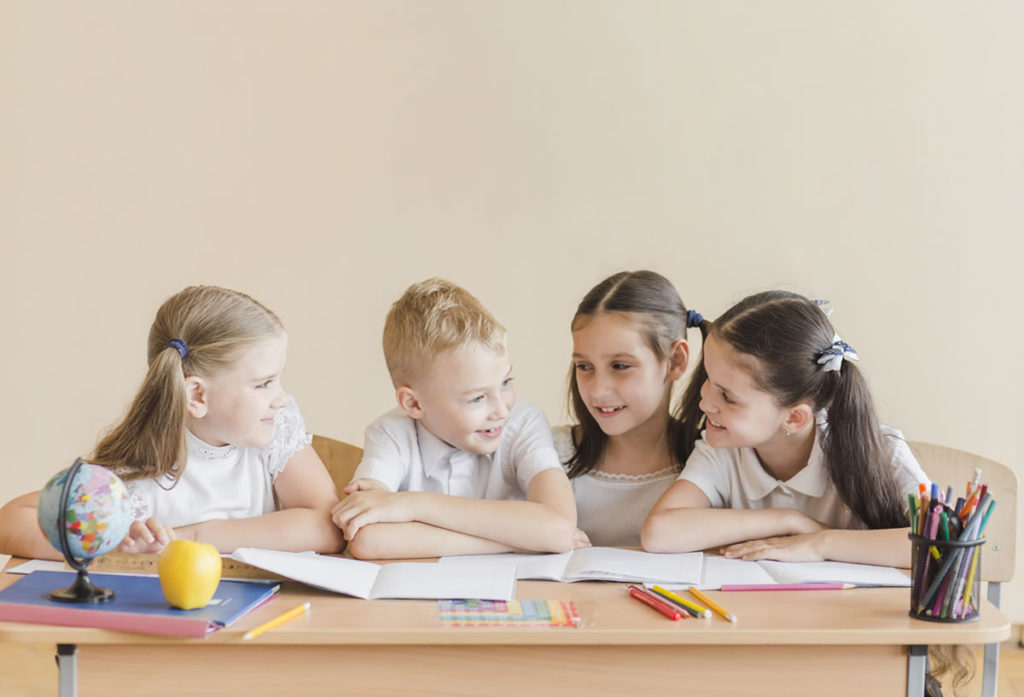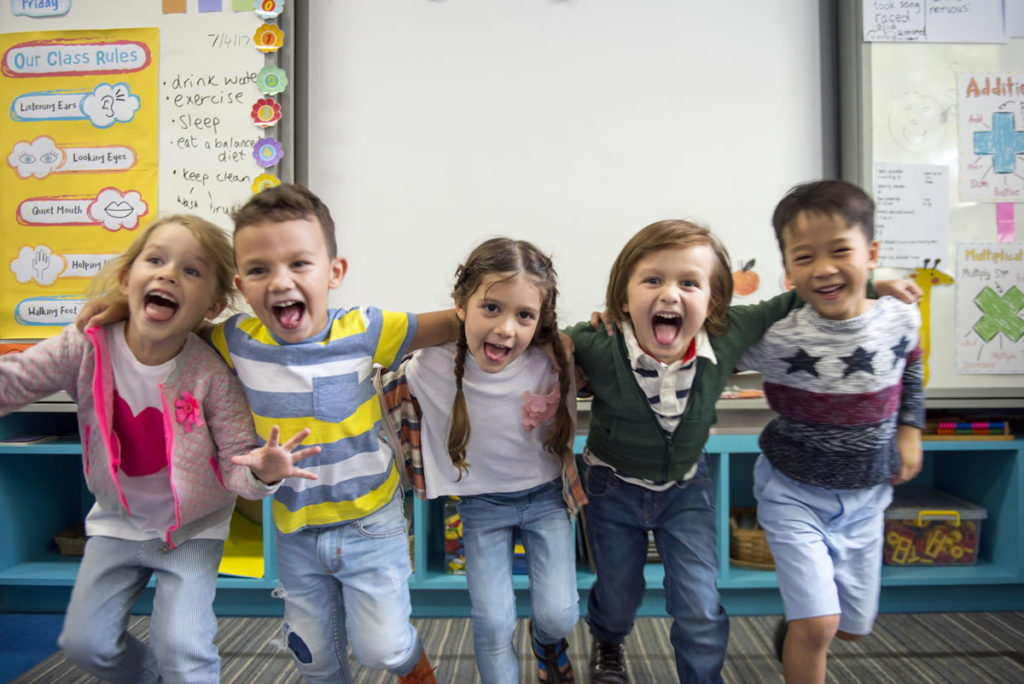Project-based learning allows teachers to create assignments whose complexity and objectives mimic real-world problems and issues. Students can see the interdisciplinary nature of these tasks and see how each of them can have more than one solution. Students who are free to choose different strategies and approaches can become more involved in the learning process, and such students will be more likely to approach other problems with an open mind.
In addition, the students involved in creating the project gain valuable experience in setting their own goals and standards of excellence. This gives students a sense of ownership and control over their own learning , plus they have the added opportunity to identify related subtopics and explore them in a project-based setting.
Teaching with the project-based method allows students to work collaboratively with peers and teachers in a focused environment, in which students are encouraged to explore various topics of interest. Projects that have depth, duration, and complexity will challenge students and motivate them toward building knowledge. They will acquire skills as important as those related to problem solving , communication, collaboration, planning or self-assessment.

After completing a project, the teacher should ask students to create a self-assessment of the project . This will allow students to focus on their learning process and will also allow them to see their own progress. Self-assessment gives students a sense of achievement and further instills responsibility to learn. Students who can see the connection between a project-based task and the real world will be more motivated to understand and solve the problem at hand, and they tend to enjoy learning when they find meaning in learning.
For this reason, project-based learning is so important and allows adaptation to any discipline of study, giving students the opportunity to have their own vision and voice about how and what they learn , while developing an intrinsic motivation towards learning. problem solving.
We do a cooperative learning project
- Subjects related to the project: any.
- Grades: infant and primary.
- Description: students learn to recognize the good deeds of their peers.
- Objectives: the essential objective is to find the general sense of pride and respect and companionship of the class, encouraging good behavior.
- Keywords: self-esteem, behavior, reward, classroom management, companionship.
NECESSARY MATERIALS
- A simple form that students can complete to document the good deeds of their peers.
- A colorful gift bag filled with small prizes, such as stickers, pencils, or other interesting details.
How to approach the learning project
In this project we want to encourage students’ interest in knowing the fact that good actions reap rewards , in order to promote good behavior in the classroom as well as among classmates. After this project the students will have learned things like:
- Recognize what makes a good deed.
- Find the ways that classmates do good deeds.
- Complete forms to document actions.
- Learn that good deeds have rewards in life.
Children light up when they know that people recognize the good things they do, and that is why this activity offers a way to reward and promote positive behavior in the classroom by also increasing self-esteem.
The teacher can present the activity with the following explanation: Have you seen someone in your class doing something nice for another student today? Take a good look and then reward that someone by completing the form. Be sure to include the date, the partner’s name, what surprised you about him or her, and what action you think a reward has been earned for. At the end of the week I will choose three forms and the three students named on them will be able to choose a special award. Good luck! And remember to thank anyone who helps you in any way each day… You never know what might happen!

Additional notes
When students are too young to write, the teacher will fill in the forms according to each student’s explanations, which may be done in secret.
If you prefer to increase the chances that all students will be recognized for positive behaviors and good deeds , you can do this activity throughout the course, for example, once a month.
These forms, in addition to being great practice for students, can be good material to share with parents in meetings or alongside report cards.
The teacher can also create group awards , as well as give each student the opportunity to tell how they felt when organizing the activity and what they learned from the experience. In this way, students will learn that good deeds make everyone feel good and benefit.











































































































